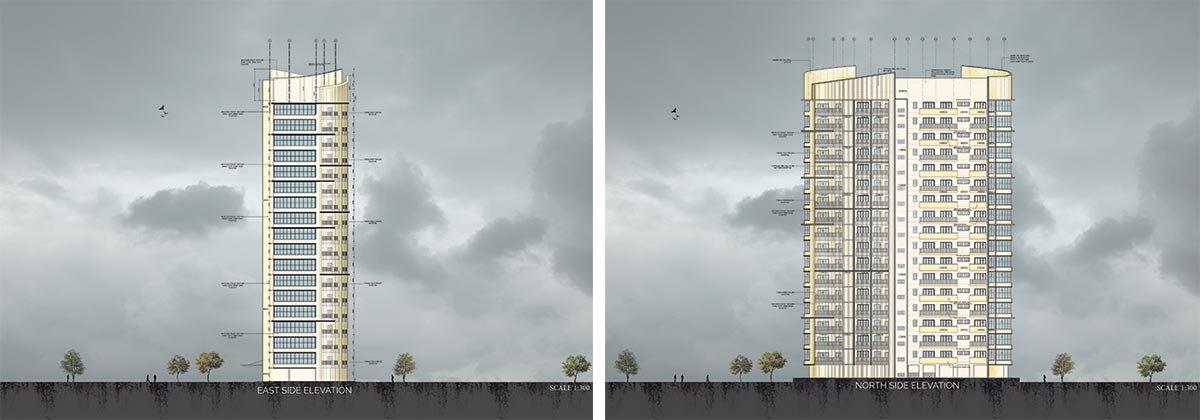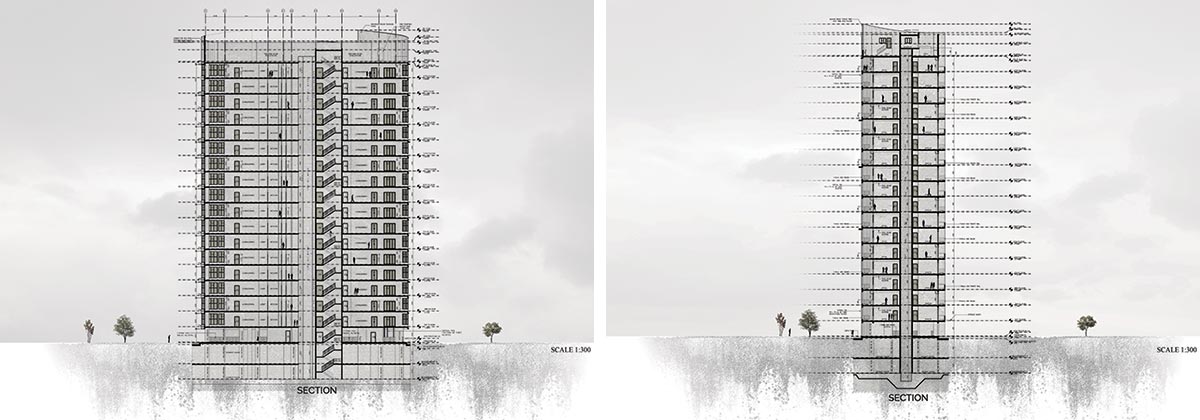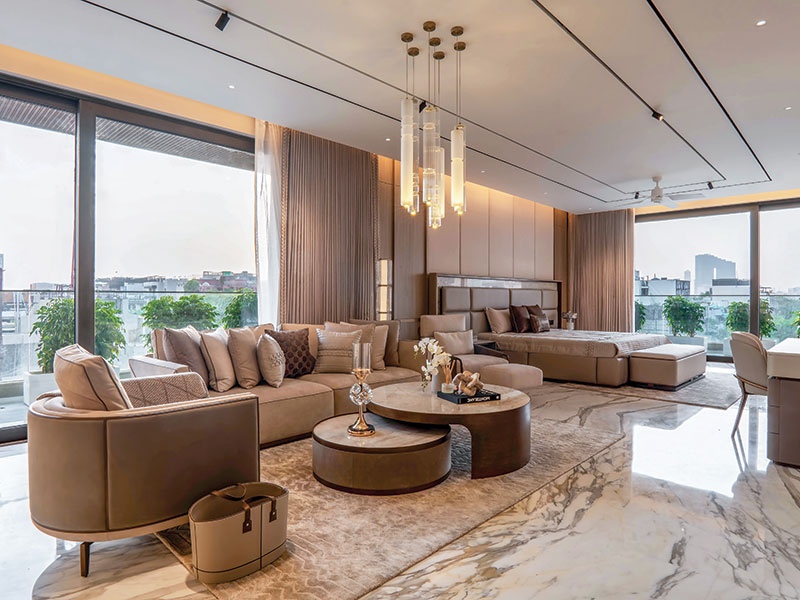
Architecture is very diverse and dynamic. While skyscrapers have been a definition of various cities and countries worldwide like New York, Dubai and Chicago, India too is keeping pacing by redefining the skyline of major metropolitans.
Even though high-rise construction has created scope for creativity with the use of active and passive strategies of construction, judicious use of technology and innovative materials like fly ash, ACC blocks, hollow blocks and even steel structures for construction to achieve desired heights; designing such a system is not a vanilla design theory.

Designing a façade system encompasses structural engineering, building physics, materials science, weatherproofing technology, architectural detailing, production engineering, construction management and buildability. The façade also accounts for a significant proportion of project costs, so the engineer’s role is to balance visual and performance requirements to create an economically viable solution that can be built safely. High-rise façades are becoming even more complicated as architects abandon the glass box in favour of ambitious multifaceted forms.
Pre-cast technology is one solution that is gaining pace wherein all building components are manufactured in the factory to achieve better quality, accuracy, faster erection, eventually saving time. It makes no sense to construct a building or retrofit a building that is not a green building. Sensibly designed green building costs the same or even less than a conventional building. The benefits and opportunities to save on the operational costs are enormous. The client’s concern over the initial costs remains the primary resistance to green building but the combination of energy savings, water reduction and maintenance costs will translate to bottom line benefits. The return on investment in green buildings can help reduce everyday conventional costs from 10-15%.

Amalgamation of intelligent designing, usage of local materials, sun and wind direction utilization to benefit the comfort levels of the building, etc into the fabric of building design is what will be the future. Architects also need to remember that they have a social and cultural responsibility to create buildings that uplift the human spirit in addition to the function they serve. They create physical environments and subtly infuse positivity and relevance, which improves quality of life. These collectives make architecture meaningful beyond its physical manifestation. High rises have come to change the skylines and only sky is the limit where high rise opportunities are concerned.















